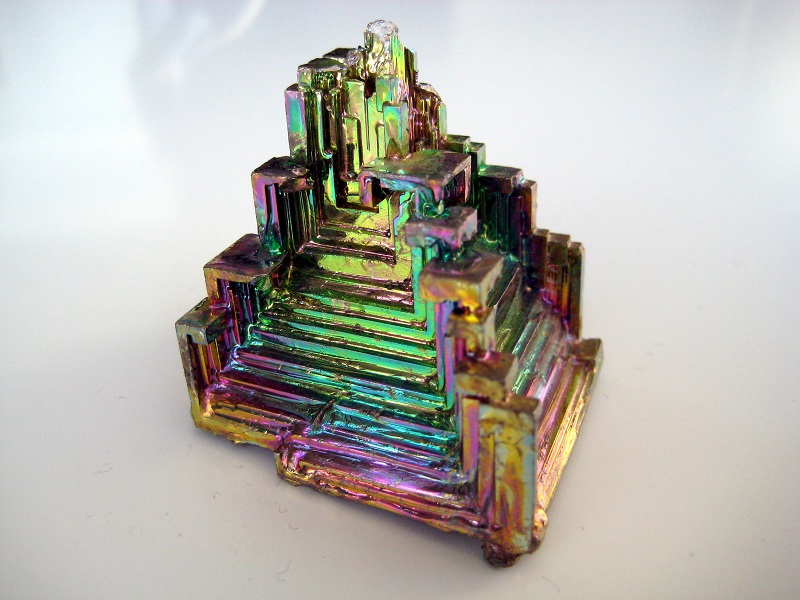
The properties of the 83rd element of the periodic table, namely, Bismuth (Bi) have been studied for more than a century and still continues to draw enormous scientific interests due to its anomalous electronic properties.
Bulk rhombohedral Bismuth (Bi) at ambient pressure is a semi-metal and it remains in the normal state down to 0.010 K. Unlike metals where there is roughly one mobile electron per atom, in a semi-metal like Bi, the concentration of mobile electrons is extremely low (100,000 atoms share a single mobile electron). Hence, the superconductivity (SC) in bulk is thought to be very unlikely due to this extremely low carrier density.
Now, a group of TIFR scientists led by Professor S. Ramakrishnan have discovered superconductivity of a high quality single crystal of Bi (99.998% pure) at 0.00053 K with a critical field of 0.000005 Tesla (nearly 1/8 of earth's magnetic field). The discovery was made by observing a diamagnetic signal using a home made ultra sensitive magnetometer which is housed in a state of the art TIFR copper nuclear refrigerator built in 2011. This discovery cannot be explained by standard models of superconductivity. A new theory is necessary since the assumption that the electronic (Fermi) energy is much larger than the lattice (vibration) energy used in standard models fails in Bismuth.
This exciting discovery has recently been published in Science.
TATA INSTITUTE OF FUNDAMENTAL RESEARCH
